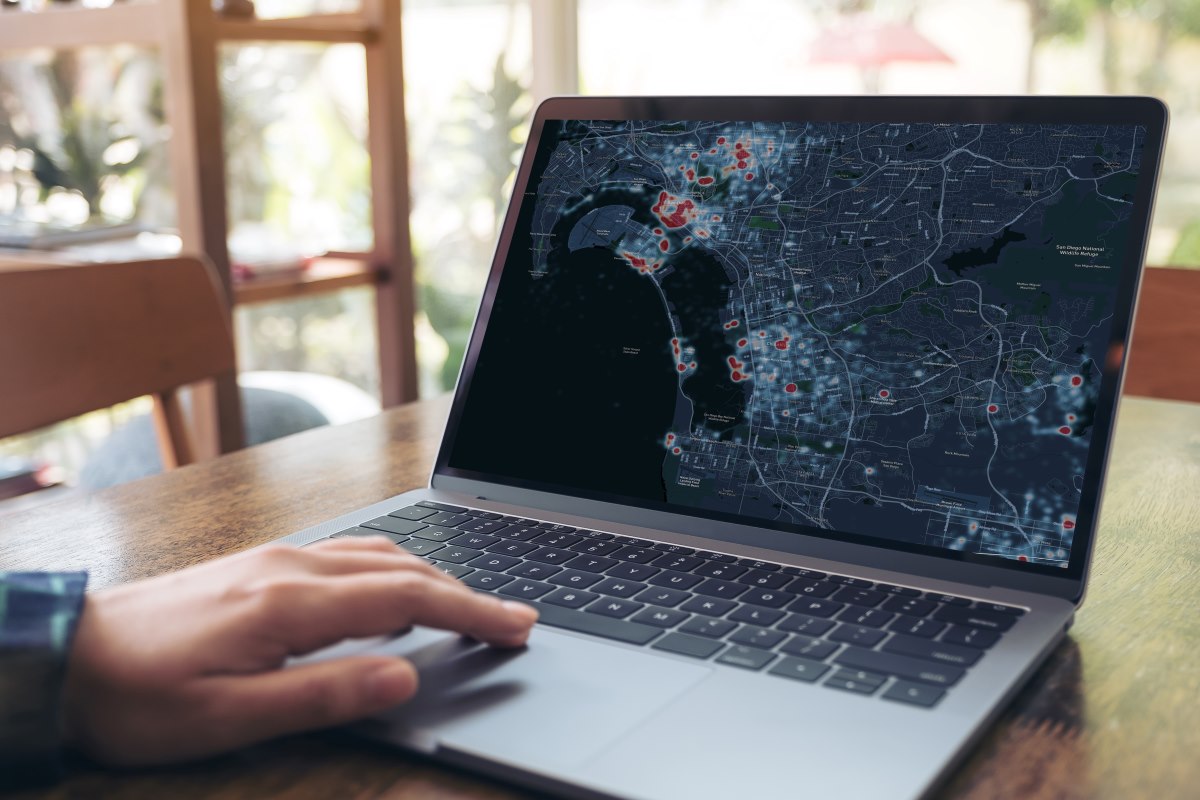
While drones are doing wonders across multiple industries and sectors, not everyone uses them with good intentions or with complete knowledge of airspace rules and regulations. The latter has become especially true for sporting events in different parts of the world.
The National Football League, for instance, counted some 1,400 incursions by drones during flight restrictions over and around stadiums during the 2021-22 season, with two men recently pleading guilty to illegally flying drones over Cincinnati Bengals and Cincinnati Reds games. Meanwhile, in the United Kingdom, a drone pilot was fined nearly $4,500 this month for an illegal flight that forced a money-time professional soccer match to be halted after the drone hovered low over players.
So, it’s no surprise that US Congress has taken cognizance of the issue and introduced legislation that would equip law enforcement agencies with the necessary tools needed to detect and neutralize malicious or negligent drones. It’s a significant first step, but is it sufficient for stadiums and sporting venues?
DroneDJ interviewed Emily Rhodes, a VP at San Diego-based airspace security and drone defense technology company SkySafe to find out more. Here’s what she told us.
“As it stands, there’s a significant gap within the drone security framework, and that is a lack of drone tracking resources for state and local law enforcement,” Rhodes says. “The authority to interfere with problematic drones is only granted to four federal agencies under specific circumstances. So, at the end of the day, it’s the stadium managers who need to ensure they’re aware of the drones in their airspace and the location of the pilots.”
Many drone-tracking platforms are available today to identify when a drone is approaching the airspace or is already inside. You can read our coverage on counter-drone technologies here.
But just how effective these solutions are depends on the data they can access, stresses Rhodes. “Instead of complex, overpriced hardware with significant upkeep expenses, stadium managers need data-enabled technologies that provide the necessary oversight to make informed decisions.”
According to Rhodes, the difference between identifying an incident in real time and keeping a venue safe from future drone threats is the solution’s ability to trail a drone’s historical flight pattern. “With sensors that operate across a city-scale coverage network, cloud-based tracking technology detects and monitors drone activity beyond the perimeter of the facility in question, enabling a threat analysis that is just as agile as the threat itself,” she says.
Essentially, when a platform can access historical data to see if a specific drone has flown in the area before and where it went after, it allows for the proper documentation and support needed to create post-incident follow-ups, including the creation of reports for criminal investigations.
It’s worth mentioning here that SkySafe has recently launched a certification course in drone forensics, building on its work with a Canadian forensic company that equips investigators with a handheld device to extract critical information from a drone’s internal storage.
But as Rhodes points out, the threat stadium managers face is becoming more advanced than its countermeasures. “Protecting the venue, staff, athletes, and fans can prove to be an overwhelming task,” she says. “Arming stadium managers with comprehensive protection via cloud-enabled tracking technology lightens the weight on managers.”
Read: Southern Company gets FAA nod for dock-based BVLOS drone operations
FTC: We use income earning auto affiliate links. More.






Comments